 If you are like many people, you may not be reading this week’s blog from your office. As COVID-19 spreads, most employers are encouraging their people to work from home for an indefinite period of time. That shift can be overwhelming and even frustrating. You are probably wondering how to work and communicate effectively. As a leader, you face the unique challenge of keeping your team focused and engaged. I’ve intentionally embraced a flexible work environment with my team for the last several years, so if you are new to working remotely, here are a few tips learned through firsthand experience:
If you are like many people, you may not be reading this week’s blog from your office. As COVID-19 spreads, most employers are encouraging their people to work from home for an indefinite period of time. That shift can be overwhelming and even frustrating. You are probably wondering how to work and communicate effectively. As a leader, you face the unique challenge of keeping your team focused and engaged. I’ve intentionally embraced a flexible work environment with my team for the last several years, so if you are new to working remotely, here are a few tips learned through firsthand experience:
- Make use of your “commute time.” The average American commute time is 26 minutes one-way. Use that time to create a morning ritual that kick-starts your day, whether it’s blocking out time to exercise, journal, or listen to a podcast.
- Designate an office area. Even if you are just working remotely short-term, it’s beneficial to have a dedicated area where you consistently work. Otherwise, the line between personal space and workspace quickly blurs. Of course you can switch things up, but setting up an office area will help create separation and keep you focused on the task at hand.
- Set boundaries. Even though you aren’t in a traditional office environment, it’s important to set boundaries. If you are a leader, set the example by managing expectations around when your team is “on the clock.” And set boundaries with other people. If a friend or family members calls you in the middle of the day because they know you are working remotely, gently remind them you are still at work! A simple “I’m under a work deadline right now, but can’t wait to talk after work around 5:30” usually works.
- Leverage the right apps. Our team uses Slack as an informal messaging tool to get quick feedback, brainstorm ideas and celebrate wins. It’s a great way to clear the clutter of an email inbox and streamline conversations, and it can also be your remote “water cooler” chat that you naturally get in an office. When used the right way, technology can be a great way to keep everyone engaged. Just make sure it is working for you.
- Practice time blocking. Focusing in a new work environment can be an adjustment. Many of my podcast guests like Cal Newport suggest a technique called “time blocking.” Schedule chunks of time on your calendar for specific items you need to accomplish and be realistic about the time you need to get it done. Turn off your email notifications and put aside your phone. It makes it easier to plan your day and minimizes distractions.
- Over communicate expectations. With many schools out of session and companies encouraging remote work, you may be in a unique situation sharing your work environment. If you share your space, make sure to manage expectations on the front end- with your kids, your spouse—and yes, even your pets!
- Take breaks. I learned from my friend and author Daniel Pink that breaks are restorative. Some telecommuters struggle to build in breaks, but all the research indicates breaks make you more productive. Schedule times for breaks throughout the day like a quick walk outside or coffee break.
The Molly Fletcher Company inspires leaders, teams and organizations to kick-start growth. A keynote speaker and author, Molly draws on her decades of experiences working as a sports agent. Her company’s Game Changer Negotiation Training workshops teach business people the framework for successful negotiating, so that you can close more deals while building stronger relationships. Sign up here to receive our weekly newsletter and subscribe to the Game Changers with Molly Fletcher podcast on iTunes.


















